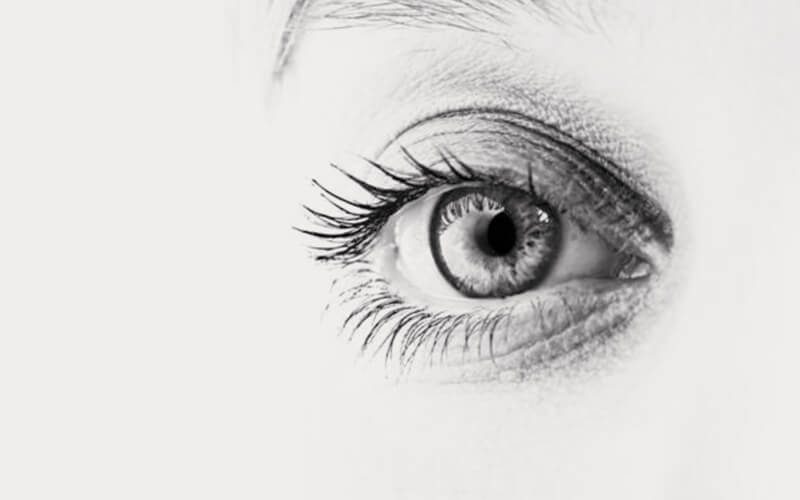Presbyopia typically occurs over the age of 40, people begin to experience blurry vision when reading, working on the computer, sewing, etc. This is due to the lens inside the eye naturally losing it flexibility and the eye can no longer focus on close objects. This loss of flexibility occurs between the ages of 40 to 60 and then stabilises.

Signs and Symptoms
An obvious sign of presbyopia is when people discover they must hold reading materials at a distance to allow their eyes to focus properly. If attempting to write or perform other near activities, headaches and eye strain are common.
Common Causes
Presbyopia is directly correlated to aging. This is where it differs for the astigmatism, farsightedness and nearsightedness. These are connected to the eyes shape and caused by environmental and genetic factors. Presbyopia usually stems from the loss of flexibility and gradual thickening of the eyes natural lenses. This age related change occurs in the lenses proteins which makes it harder with a decrease in elasticity. Less elasticity means that they eyes have a more difficult time focusing in on things that are close up. There are other theories for this condition but they are less popular.
Treating Presbyopia
Glasses that have progressive or bifocal lenses are the most used types of corrections for presbyopia. Bifocal is defined as two focal points; the main area of the glasses lens and the one that has a prescription for correcting distance vision. The lower part of the lens has the strongest prescription for up close work. As people age, the lens of the eye begins to stiffer so is harder to focus when you are looking at something close up.
Progressive addition lenses are a bit similar to the bifocal lenses. However, they do offer more of a gradual transition between the two eyeglass prescriptions and do not contain any visible lines.
Another choice is reading glasses. Unlike progressive addition lenses and bifocals that most people wear all the time, reading glasses are typically worn only when doing up close focusing.
If you wear contacts, your optometrist can prescribe you reading glasses that you can wear along with your contact lenses. You can buy reading glasses without a prescription or get higher quality types from your doctor.
Those with presbyopia can also choose multifunctional contact lenses. These are available in soft lens or gas permeable materials. Monovision is another kind of lens for presbyopia sufferers. This lens offers a distance prescription and near vision. The brain ends up learning how to favour one eye or the other eye for specific tasks. However, while some are happy with this solution, others do not like it because they find that it reduces their visions acuity and depth perception.
Since people's eyes continue to change throughout the aging process, the presbyopic prescription needs to be increased as time passes. Expect that your optometrist will prescribe stronger corrections for close up work as needed.
Treating Presbyopia with Surgery
Research has shown that Near Vision CK treats presbyopia effectively, but this correction is only temporary and will diminish as time passes.
PresbyLASIK is a new correction surgery for those with presbyopia. It is currently undergoing clinical trials. This procedure is innovative in nature and used an excimer laser to develop a multifocal ablation right onto the eyes cornea. This allows vision at various distances.
LASIK can be used to develop Monovision as well. This is when one of the eyes is corrected for far vision and the other is treated for near vision.
There is a treatment that is still at its beginning developmental stages being researched as we speak. This procedure is an injection into the capsular bag. The injection is filled with elastic gel and seeks to replace the eyes natural lenses and act as new ones that are more elastic in nature. Experiments are also being centred on treating hardened lenses with lasers to increase focus and flexibility.
Some people are now leaning towards cataract surgery due to recent studies that suggest it will help correct presbyopia. There is also a voluntary procedure that might allow you to replace the eyes lenses with artificial ones. This is known as refractive lens exchange. There are other surgical procedures for presbyopia that are still currently being researched.
Find a local optometrist near you.
Our local optometrists as well as their facilities are equipped with state-of-the-art ophthalmic technology and years of experience to provide the most effective treatment.
Find an Optometrist